Two Bold Ways to Avoid Empty Office Syndrome
Author: Steve Collis - Head of Workplace Strategy
Many companies are still grappling with one challenge: empty office syndrome. This phenomenon occurs when employees return to the office only to find a near-deserted workspace.
"Why did I bother to come in?"
This is the inevitable attitude created when our people make the effort to come back in to the office, only to find there's hardly anyone else around. After this experience of isolation, they are even less likely to try again.

The cause of this problem is simple: too much space, not enough people. To combat this, companies must rethink their approach to office design and utilisation.
Here are two bold ideas that have proven effective in providing a remedy:
Move from Allocated to Dynamic Seating
One common mistake companies make is assuming that allocating fixed seating spots will encourage employees to return to the office. However, this approach often backfires, as employees may feel tied down to a specific location, leading to a sense of monotony. Instead, consider implementing dynamic seating arrangements, where employees can choose where to sit each day. This not only fosters a sense of autonomy but also encourages spontaneous interactions and collaboration.

Creating a dynamic workplace where a 'critical mass' of people can choose to sit together can help create a buzz and energy that is lacking in an empty office. While this may initially cause some discomfort as employees adjust to the new setup, the long-term benefits in terms of employee engagement and satisfaction are well worth the effort.
Downsize Your Space
Another effective way to prevent empty office syndrome is to downsize your office space. The last few years have shown that many employees can effectively work from home, leading to a reassessment of the amount of office space needed. Consider using our space calculator to estimate how big your office should be based on the workstyles of your staff. This calculator takes into account factors such as remote work preferences, collaboration needs, and desk utilisation rates to provide an accurate estimate of your space requirements.
By downsizing your office space, you can not only save on costs but also create a more vibrant and dynamic workspace. A smaller office encourages more interaction and collaboration among employees, making it a more attractive place to work.

Conclusion
Preventing empty office syndrome requires a bold rethink of traditional office practices. By moving to dynamic seating arrangements and downsizing office space, companies can create a more engaging and vibrant workplace that encourages employees to return to the office. These changes may require some initial adjustment, but the long-term benefits in terms of employee satisfaction and productivity make them well worth considering.
Want to know how we can help with your Workplace Strategy needs? Head to our Workplace Strategy Solutions page.


/Cap%20Stats/workplace-strategy-guide-blog.jpg)
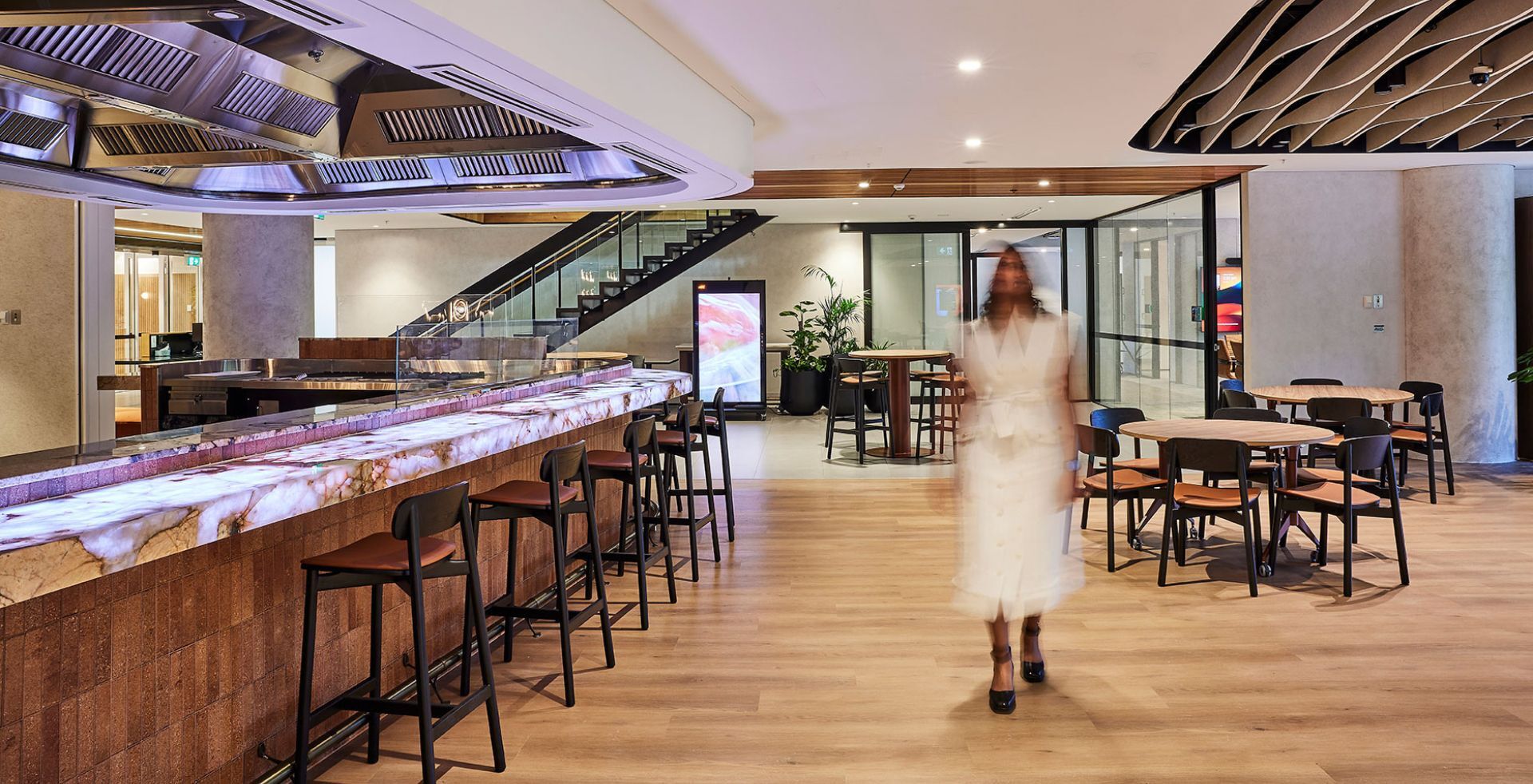
-2.jpg)
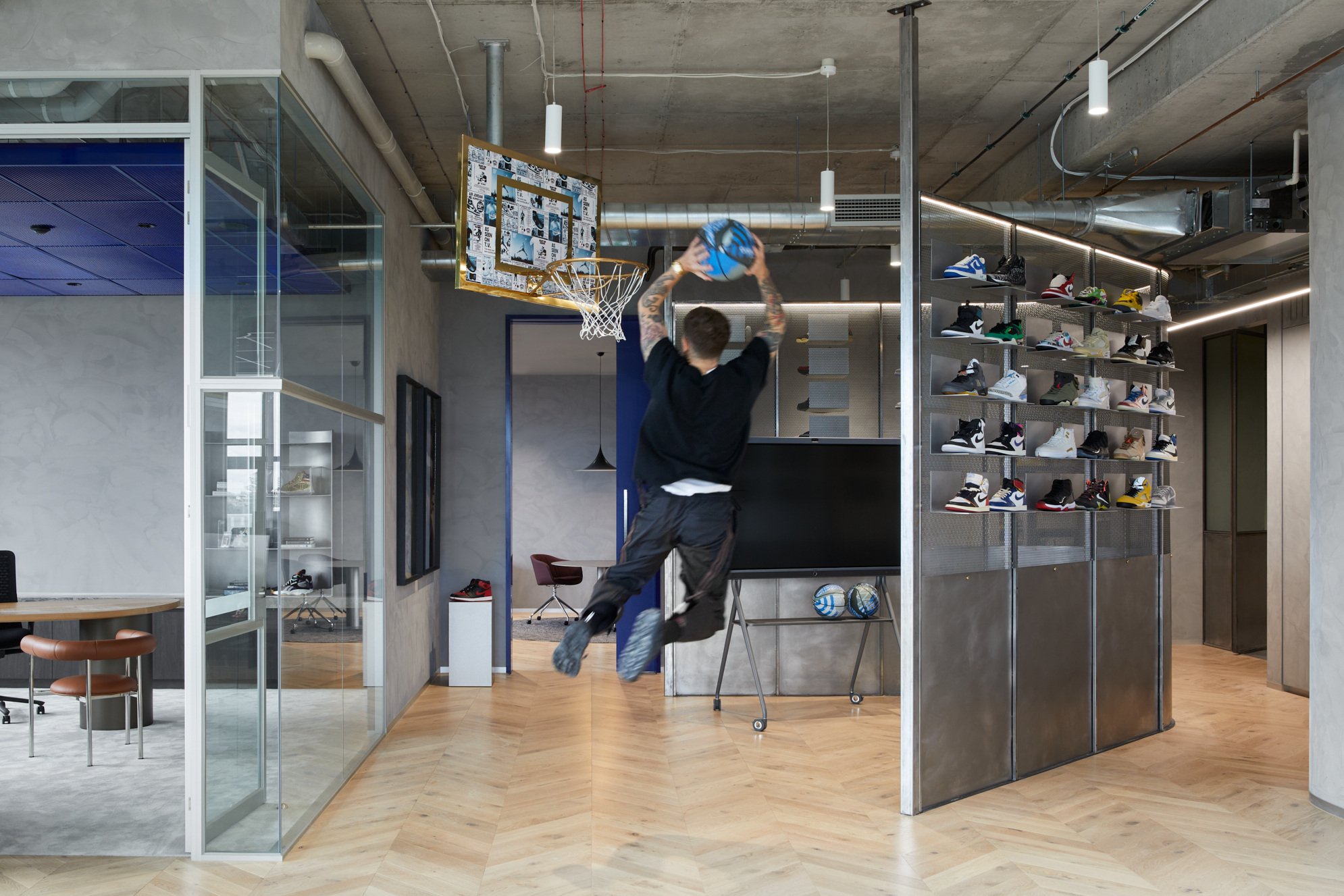
-2.jpg)
-2.png)
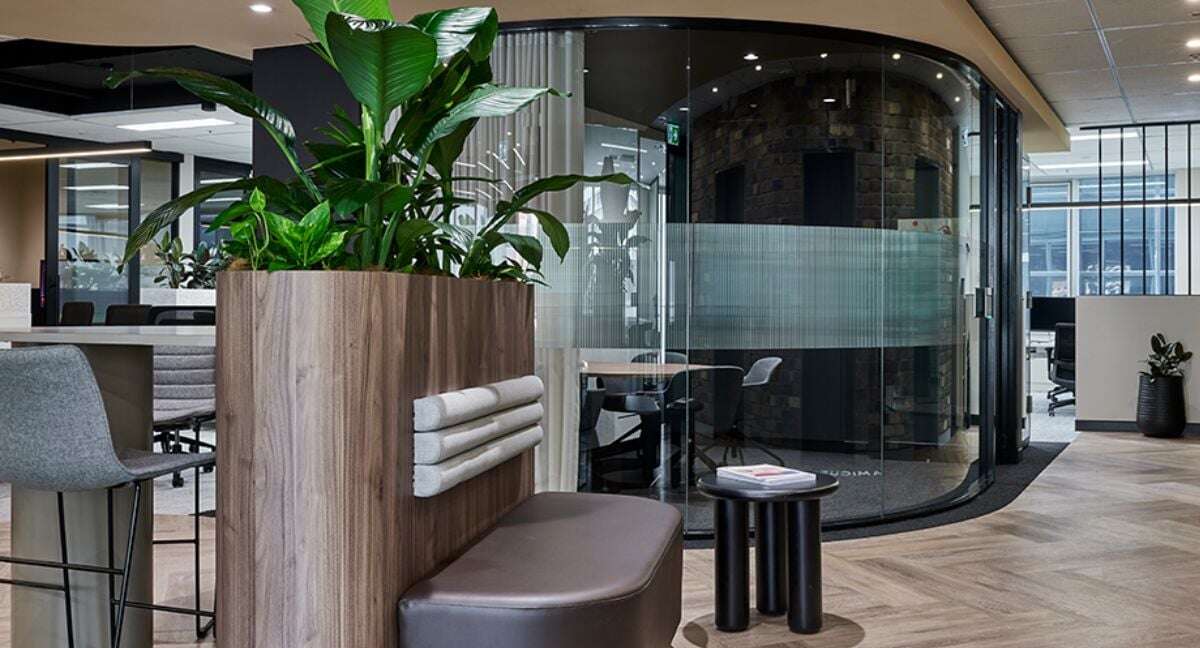

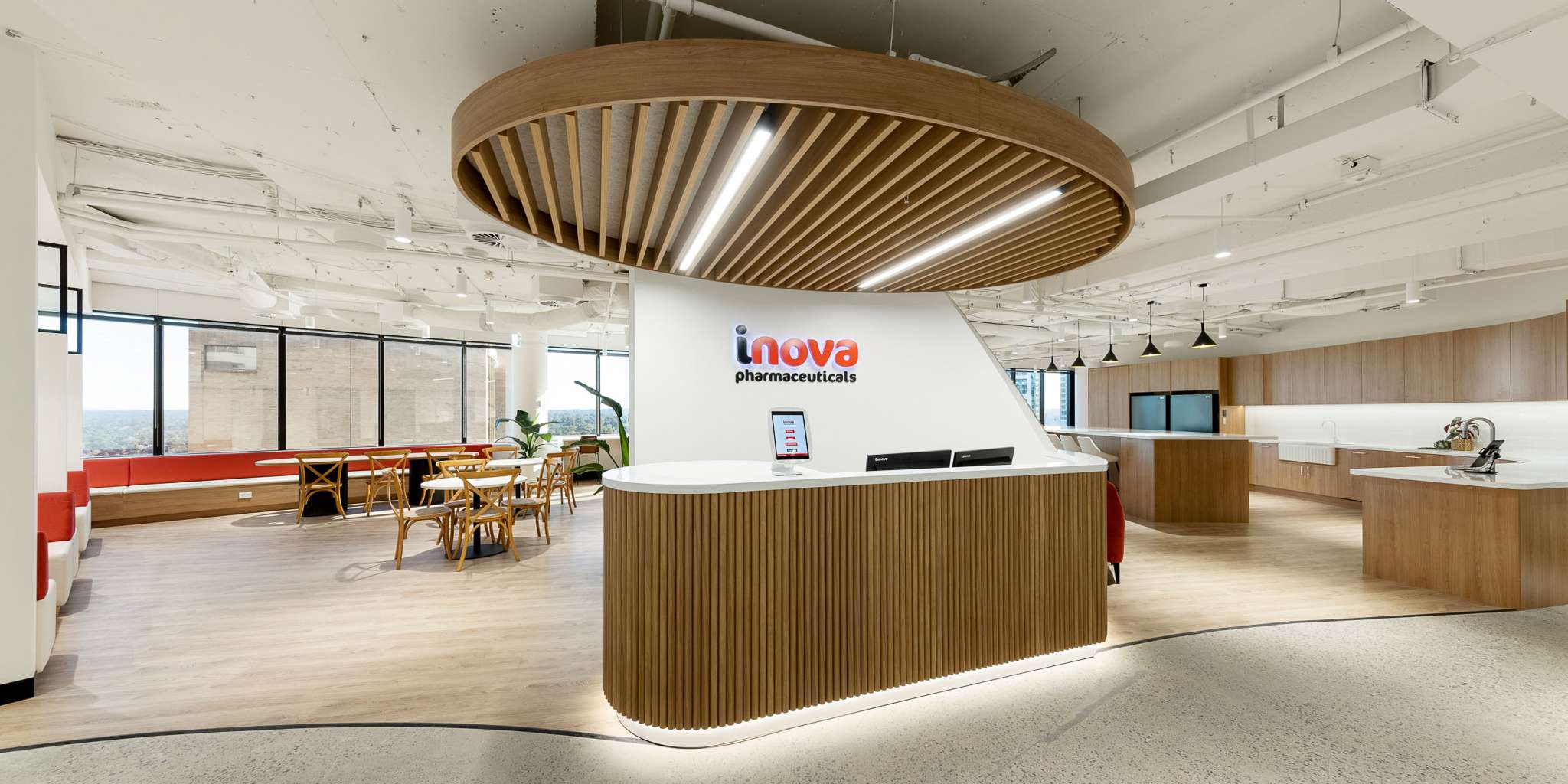
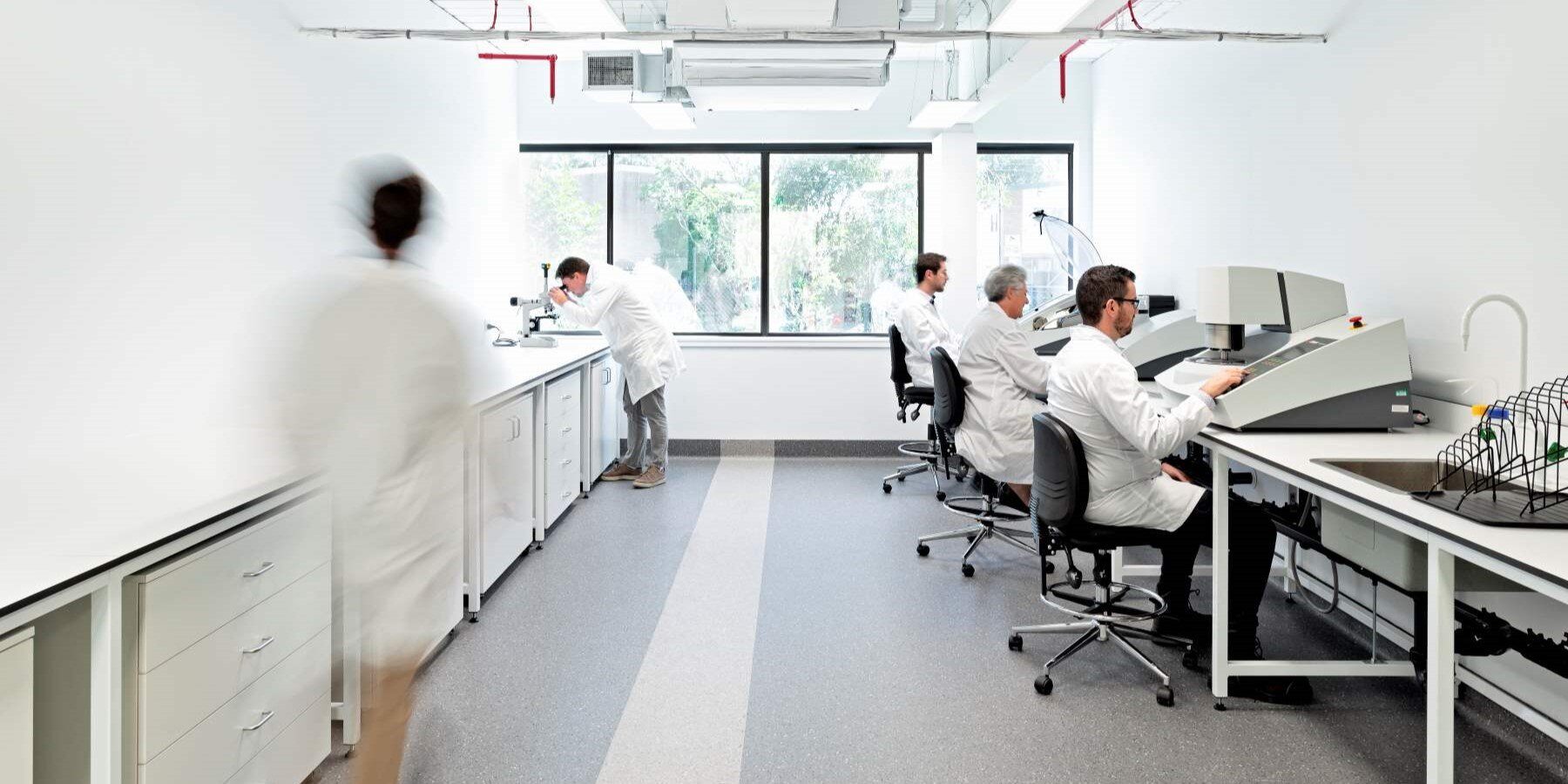
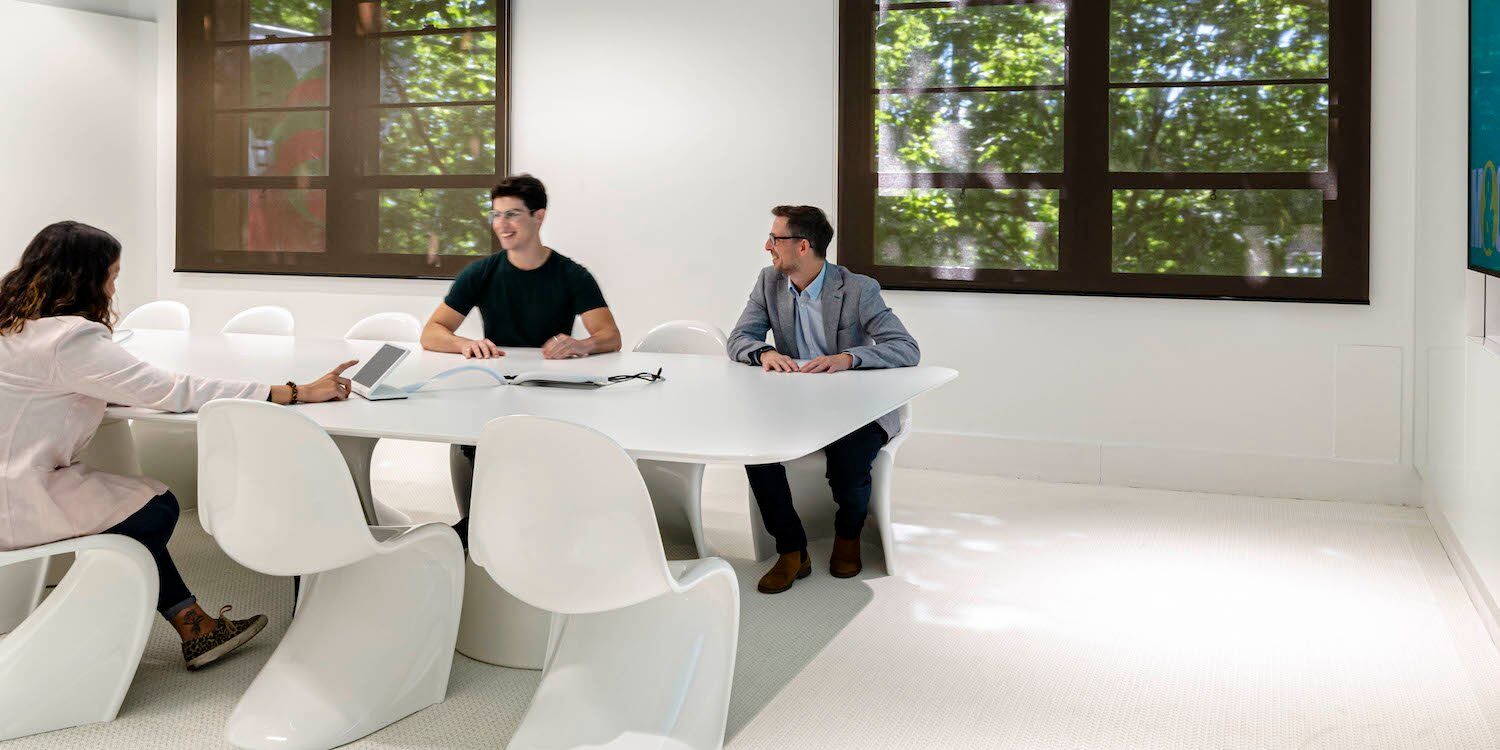

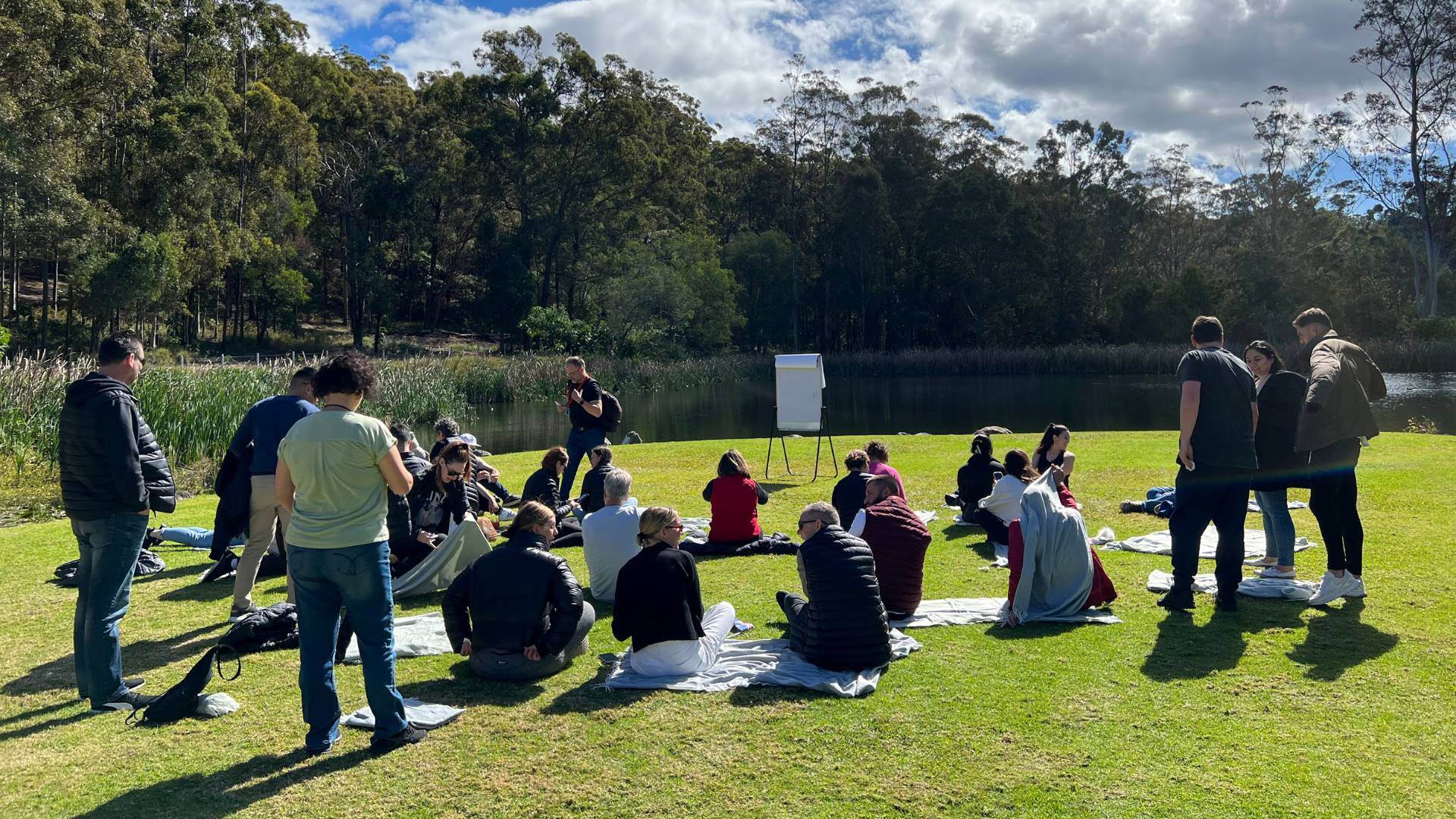
/Sectors/Office/contact-amicus.jpg)